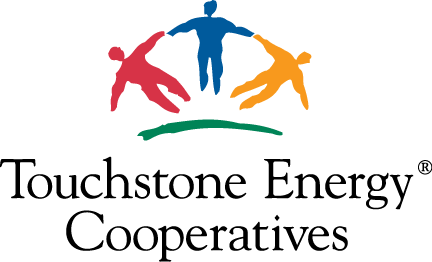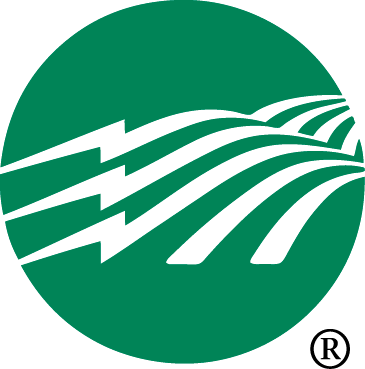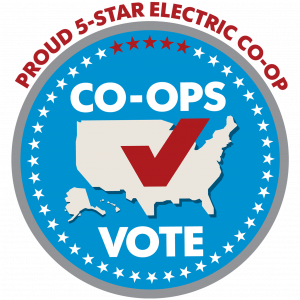New Developments in Ohio’s Rural Broadband
- Recently, Ohio’s Electric Cooperatives President and CEO Patrick O’Loughlin reached out to members of the Conference Committee on HB 110, a joint committee of House and Senate members working to finalize the state operating budget, respectfully urging policymakers to restore Governor DeWine’s recommended level of funding in House Bill 110.
In his message, O’Loughlin noted “Nearly one-third of rural Ohioans, many of whom are served by electric cooperatives, do not have access to reliable broadband connectivity. While some communities have slow, inadequate service, many have no connectivity at all. Without sufficient high-speed broadband, rural businesses, students and farmers all struggle to be competitive in a fast-based world that requires communication in real-time. Economic development in rural Ohio is simply not possible where access to internet connectivity does not exist, further disadvantaging rural communities and ultimately leading to declining opportunities and population. While electric cooperatives are dedicated to working with telecommunications providers on access to co-op poles, the State of Ohio should be dedicated to making a significant investment in solving this growing concern.”
- Programs at the federal (Rural Digital Opportunity Fund) and state levels (Ohio Residential Broadband Program) have made funding available to specific service providers for the purpose of delivering broadband service to unserved and underserved areas of rural Ohio. By virtue of their winning bids with the FCC, the providers listed below have received this funding and are committed to providing rural broadband service throughout the state.
Locate Your Rural Broadband Provider
Cooperative Network Services provides a map that, with a little effort and patience, will enable you to locate your rural broadband provider. Click here to view the map.
When the map opens, it's a little messy. Follow the steps below to get to a better view.
- Close the "Info" window.
- Review the information in the "Hello" window.
- Click in a gray area to close the "Hello" window.
Next, locate yourself on the map:
- Go to the "search" icon (a magnifying glass on the right side of the screen) and enter your street address or ZIP code.
- When your address is pinpointed on the map, go to the steps below to locate your provider.
Now, locate your provider.
- Locate the RDOF panel of clickable options on the left side of the map.
- Click the first option, "RDOF Fully Authorized blocks..."
- Red census blocks should appear on the map. If not, change the zoom level of your view so that you can see more territory (i.e., zoom out).
- When the blocks come into view, return to the pane and click the "RDOF Ready to Authorize..." button.
- Green census blocks should appear.
- To "uncover" the provider's name, repeat step 2, above.
You Make the Call
Once you’ve identified your broadband provider, contact them request your rural broadband service.
- Charter Communications (Spectrum): 1-833-267-6094
- Connect Everyone: 1-833-242-0802
- Mercury Wireless: 1-800-354-4915
- LTD Broadband: 1-507-369-6669
- Rural American Broadband Consortium (Bascom Comm.): 1-419-937-2222
- NexTier Consortium: 1-678-503-2271
- Cincinnati Bell: 1-888-246-2355
- Rural American Broadband Consortium: 1-605-437-2615
- Hawaii Dialogix Telecom: 1-808-440-8700
- Armstrong: 1-844-423-5049





